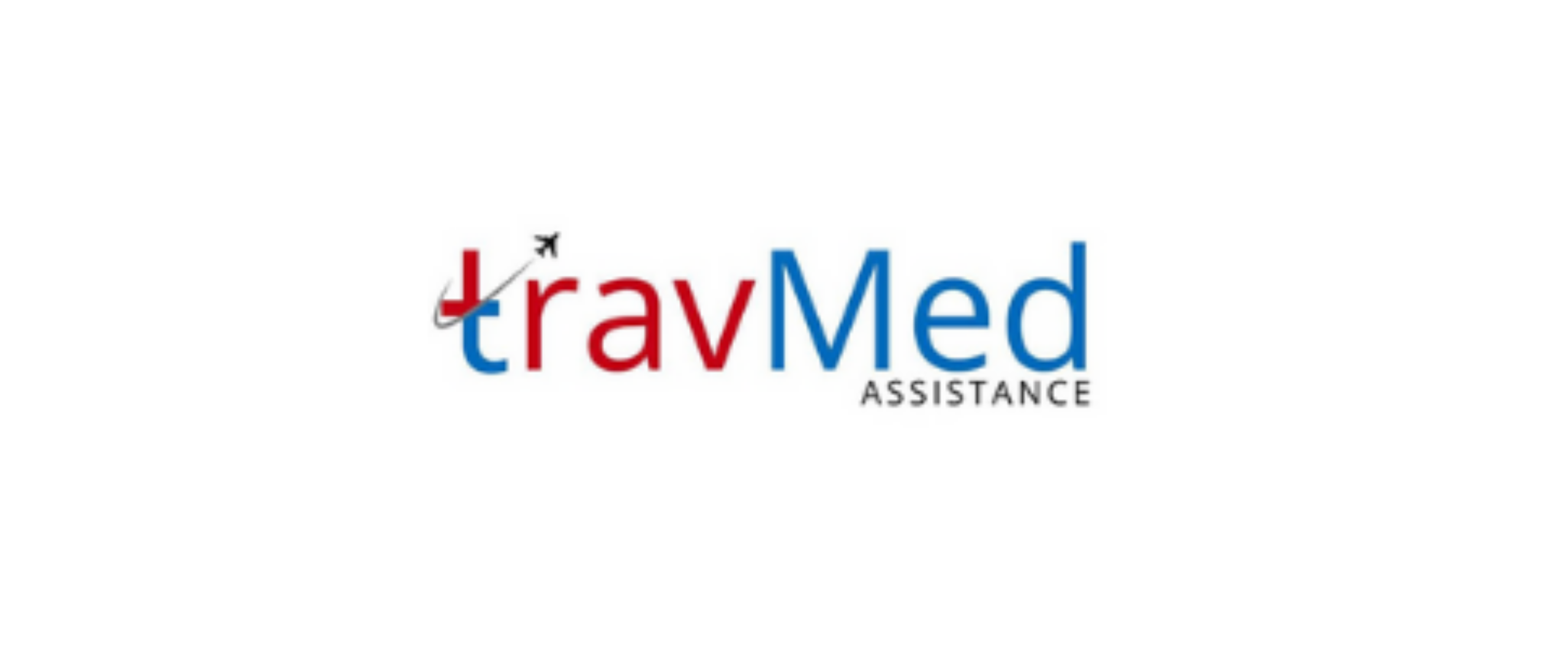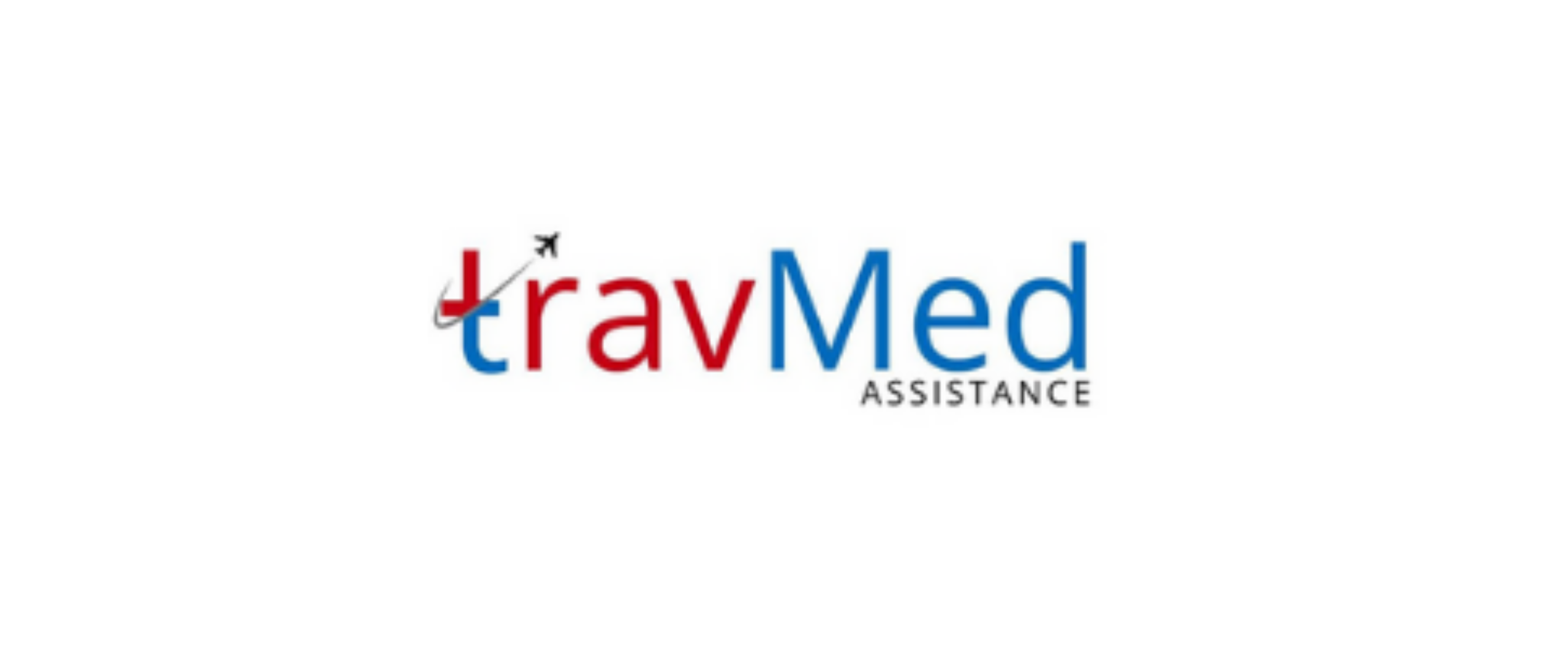
Successful medical evacuations involve the safe and efficient transport of patients from remote or inadequate medical facilities to more advanced healthcare centers. In Nepal, these evacuations often occur in challenging terrains, including mountainous regions and rural areas with limited access. A successful evacuation ensures the patient receives timely, appropriate medical care while minimizing risks during transport. This process typically includes stabilizing the patient, coordinating logistics, arranging suitable transportation (such as helicopters or ambulances), and ensuring seamless admission to the receiving medical facility. The primary goal is to provide critical medical intervention and improve the patient’s chances of recovery or survival.
Who arranges medical evacuations in Nepal?
In Nepal, several entities collaborate to arrange medical evacuations:
- Travel insurance companies
- Specialized medical assistance firms
- Trekking agencies and tour operators
- Hospitals and medical facilities
- Government agencies, including the Nepal Army and Nepal Police
- International embassies and consulates
These organizations often work together to coordinate evacuations, especially in complex cases. Travel insurance providers typically play a central role, working with local partners to facilitate the evacuation process. In remote areas, trekking agencies may initiate the evacuation request, while hospitals assess the patient’s condition and determine the need for transfer. The Nepal Army and Police frequently assist in high-altitude rescues, particularly in mountainous regions where specialized equipment and expertise are required.
How are medical evacuations carried out successfully?
Successful medical evacuations in Nepal involve a series of coordinated steps:
- Initial assessment of the patient’s condition
- Stabilization of the patient at the current location
- Determination of the most appropriate evacuation method
- Coordination with receiving medical facilities
- Arrangement of suitable transportation (helicopter, ambulance, or fixed-wing aircraft)
- Preparation of necessary medical equipment and supplies
- Deployment of trained medical personnel to accompany the patient
- Continuous monitoring of the patient’s condition during transport
- Efficient handover to the receiving medical team
The process requires seamless communication between all involved parties, including medical professionals, logistics coordinators, and transportation providers. In Nepal’s challenging terrain, weather conditions and accessibility often play crucial roles in the evacuation’s success. Adaptability and quick decision-making are essential to overcome unforeseen obstacles and ensure the patient’s safe transfer to appropriate medical care.
What documents are required for a medical evacuation?
Several documents are typically required for a medical evacuation in Nepal:
- Patient’s passport and visa
- Medical reports and diagnosis from the treating physician
- Consent forms for medical treatment and transfer
- Travel insurance policy details
- Letter of guarantee from the insurance company or financial sponsor
- Fit-to-fly certificate from a medical professional
- Customs declaration forms for medical equipment (if applicable)
- Receiving hospital admission confirmation
- Air ambulance or helicopter charter agreement (if applicable)
- Emergency contact information for the patient and next of kin
These documents facilitate the evacuation process, ensuring legal compliance and smooth coordination between various stakeholders. In emergency situations, some documents may be obtained or completed during the evacuation process, but having them prepared in advance can significantly expedite the procedure.
How much do successful medical evacuations cost?
The cost of successful medical evacuations in Nepal varies widely depending on several factors:
- Distance of transport
- Type of transportation used (helicopter, fixed-wing aircraft, or ground ambulance)
- Patient’s medical condition and required level of care
- Equipment and medical personnel needed during transport
- Urgency of the evacuation
- Seasonal factors and weather conditions
Helicopter evacuations, commonly used in remote areas, can range from $2,000 to $10,000 or more, depending on the flight duration and location. Ground ambulance transfers within Kathmandu Valley may cost $100-$500. International air ambulance evacuations to neighboring countries or beyond can exceed $50,000. These costs typically include medical care during transport, but may not cover treatment at the receiving facility. Travel insurance often covers these expenses, highlighting the importance of adequate coverage for travelers in Nepal.
How long does it take to execute a medical evacuation?
The execution time for a medical evacuation in Nepal depends on various factors:
- Patient’s location and accessibility
- Weather conditions, especially in mountainous regions
- Availability of suitable transportation
- Complexity of the patient’s medical condition
- Administrative processes and documentation
- Coordination between different agencies and stakeholders
In urban areas with good infrastructure, ground ambulance evacuations can be completed within hours. Helicopter evacuations from remote trekking regions may take 4-8 hours from initial call to hospital admission, depending on the location and weather. International evacuations requiring air ambulances can take 24-48 hours to arrange and execute. In all cases, the focus remains on balancing speed with safety and proper medical care. Delays can occur due to adverse weather, particularly during monsoon season or in high-altitude areas.
Are foreign patients included in evacuation services?
Foreign patients are indeed included in evacuation services in Nepal. In fact, a significant portion of medical evacuations in the country involve foreign tourists, trekkers, and mountaineers. These services cater to international visitors who may experience medical emergencies or require advanced treatment not available in remote areas. Travel insurance companies often collaborate with local assistance providers to ensure comprehensive coverage for foreign patients. The evacuation process for foreigners may involve additional steps, such as coordination with embassies, arrangement of international transfers, and navigation of cross-border medical regulations. Many evacuation service providers in Nepal have experience dealing with diverse nationalities and can communicate in multiple languages to facilitate smooth operations.
How reliable are medical evacuation services in Nepal?
Medical evacuation services in Nepal have significantly improved in reliability over recent years. Factors contributing to their reliability include:
- Increased number of helicopter companies specializing in medical evacuations
- Enhanced coordination between various stakeholders
- Improved communication infrastructure in remote areas
- Advanced medical equipment available for in-flight care
- Trained medical professionals experienced in high-altitude rescues
However, challenges remain, particularly in extremely remote or high-altitude areas. Weather conditions can impact reliability, especially during monsoon season or in mountainous regions. The availability of services may be limited in some rural areas. Despite these challenges, many successful evacuations are conducted annually, with a growing track record of positive outcomes. International standards are increasingly being adopted, further enhancing the reliability of these services. Travelers are advised to choose reputable service providers and maintain comprehensive travel insurance for added security.
How do I ensure a successful medical evacuation?
To ensure a successful medical evacuation in Nepal:
- Purchase comprehensive travel insurance with adequate coverage
- Research and note contact details for evacuation services before travel
- Carry essential medical information, including allergies and pre-existing conditions
- Inform travel companions or local contacts about your insurance and medical details
- Stay in regular communication with your group or guide during remote treks
- Recognize and report medical symptoms early
- Cooperate fully with medical professionals and evacuation coordinators
- Keep important documents easily accessible
- Understand your insurance policy’s evacuation procedures
- Maintain emergency funds for potential upfront payments
By taking these precautions, you increase the likelihood of a smooth and efficient evacuation process if the need arises. Being prepared and proactive can significantly impact the success of a medical evacuation, particularly in Nepal’s diverse and sometimes challenging environments.
How do I book a medical evacuation service?
Booking a medical evacuation service in Nepal typically follows these steps:
- Contact your travel insurance provider or assistance company
- Provide details about the patient’s condition and location
- Follow the insurance company’s instructions for initiating the evacuation
- If uninsured, contact a reputable medical assistance company directly
- Provide necessary medical information and documentation
- Agree on the evacuation plan and costs
- Complete required forms and provide payment or guarantee
- Coordinate with local medical facilities or trek organizers
- Await confirmation of the evacuation arrangements
- Prepare the patient and necessary belongings for transport
In emergency situations, local hospitals, trekking agencies, or embassies can assist in contacting appropriate evacuation services. It’s advisable to research and save contact information for reliable evacuation providers before traveling to remote areas in Nepal. Some companies offer pre-booking options for high-risk activities or travelers with pre-existing medical conditions.
Are services available 24/7 in Nepal?
Medical evacuation services in Nepal generally operate 24/7, recognizing that medical emergencies can occur at any time. Key aspects of 24/7 availability include:
- Round-the-clock emergency hotlines for initiating evacuation requests
- On-call medical professionals ready to assess and coordinate care
- Helicopter companies prepared for night operations in accessible areas
- Ground ambulance services available at all hours in urban regions
- Continuous monitoring and coordination by assistance centers
However, practical limitations exist, particularly for air evacuations in remote or mountainous areas. Night-time helicopter rescues in high-altitude regions are often restricted due to safety concerns. Weather conditions may also impact service availability, especially during monsoon season. While the infrastructure for 24/7 response exists, the actual execution of evacuations may be subject to these external factors. Urban areas and lower-altitude regions typically experience fewer restrictions on round-the-clock services.
How is the safety of patients ensured during evacuations?
Ensuring patient safety during medical evacuations in Nepal involves multiple measures:
- Thorough pre-flight medical assessment to determine fitness for transport
- Stabilization of the patient’s condition before evacuation
- Use of appropriate medical equipment during transport
- Presence of trained medical personnel accompanying the patient
- Continuous monitoring of vital signs throughout the journey
- Selection of the most suitable evacuation method based on the patient’s condition
- Adherence to aviation and medical safety protocols
- Regular maintenance and safety checks of evacuation vehicles
- Clear communication between medical teams and transportation crew
- Preparation for potential in-flight medical emergencies
- Careful selection of flight routes to minimize turbulence and altitude changes
- Coordination with receiving medical facilities for seamless handover
These safety measures are designed to mitigate risks associated with patient transport, particularly in challenging environments like Nepal’s varied terrain. The focus remains on maintaining the patient’s medical stability while ensuring safe and efficient transfer to appropriate medical care.


